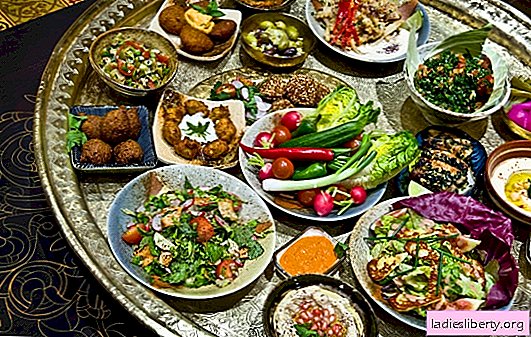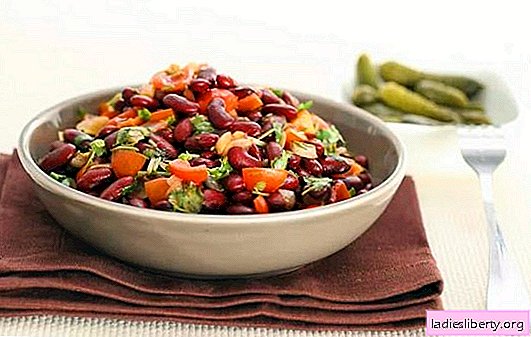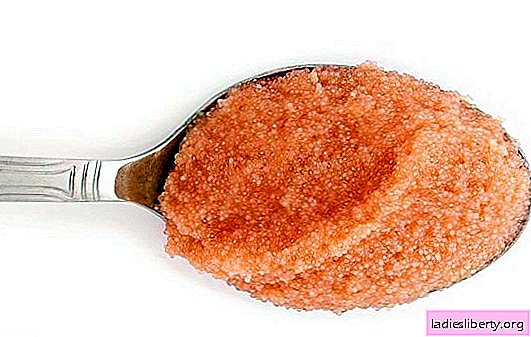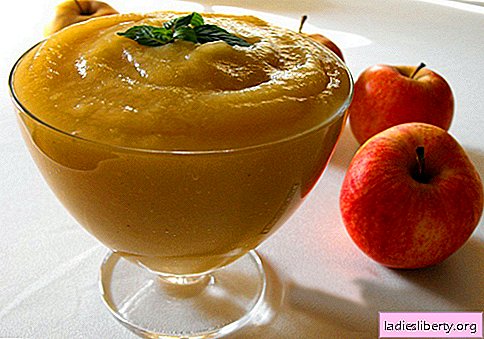
The culinary traditions of Morocco are a real gem in the gastronomic culture of the Mediterranean, formed over the centuries, having absorbed the customs of neighbors and at the same time remaining original. The variety of specialties often makes it impossible to adapt its recipes, but what has spread around the world allows you to fall in love with Moroccan cuisine from the first meal.
It is based on fruits, vegetables and herbs, seafood, lamb, legumes, and cereals. Of fats, little olive and creamy ghee (often flavored with spices) are common. This cuisine, in principle, cannot be imagined without spices and seasonings, among which the ras el Hanut mixture, known in dozens of variations, but almost always including green cardamom, bay leaf, nutmeg and nutmeg, ginger, sweet paprika, cinnamon, black pepper, grains of paradise and turmeric.
In many dishes, salted citrus fruits are added in a special way.
It is interesting that for breakfast pancakes are also baked here, or rather, aerial pancakes, this is a bagrir, they are usually served with honey. You can also talk about Morocco by mentioning the dishes:
- falafel - deep-fried balls of chickpea puree;
- couscous - called, like small wheat groats, which is its basis and side dish, is vegetable, meat, fish and even sweet milk;
- pastilla - a festive layered cake combining salty and sweet tastes, traditionally in its filling there are pigeon meat, boiled eggs and almonds.
This cuisine gave the world jam from rose petals, but baklava and Turkish delight are practically not known here, which is explained by the region’s closeness to the influence of Turkish cooking, which in principle has had a great influence on the gastronomic traditions of Eastern countries for many centuries.
The most famous of the drinks is scorching hot green tea with mint, which is appropriate to serve with any dish and just like that (in the latter case, you also need shortbread cookies).
There is also tajine. In this wonderful thick-walled dish you can cook on the stove and in the oven, the products in it slowly languish, preserving the juiciness and aroma. Tajine also refers to meat and vegetable dishes (stews) prepared in it.
Bagrir pancakes

Ingredients:
- 300 g semolina;
- 1 fresh egg;
- 450 ml of water;
- 40 g butter;
- 3 g of baking powder;
- salt;
- 2 g of yeast;
- 60 g of wheat flour.
Cooking:
- Stir yeast in warm water.
- Pour semolina, flour, a pinch of salt and a baking powder to the yeast.
- Add the egg and mix thoroughly. Set the dishes aside for 1.5-2 hours in a warm place.
- After the specified time, gently mix the dough.
- Bake pancakes in a preheated, dry pan, on one side only. Remove as soon as the top is not toasted side dries.
Tajine with chicken and dried fruit

Ingredients:
- 150 g pumpkin;
- 70 g canned olives (seedless);
- fresh parsley;
- 1 kg of chicken thighs;
- 200 g of grape white raisins;
- olive oil;
- 1 fennel;
- 1 tsp mixtures of ras al-khanut;
- 400 g couscous groats;
- 1 liter of chicken stock;
- 60 g chickpeas (boiled).
Cooking:
- Remove the poultry meat from the bones, cut into small pieces. Sauté the chicken in oil.
- Dice the flesh of a pumpkin.
- Cut into eight parts fennel.
- Put the meat, fennel, pumpkin and olives in a thick-walled dish - goose or tajine, fill everything with broth, cover with a lid.
- Place the dishes in an oven preheated to 180 ° C for 30 minutes.
- Take the dishes out for a minute, put the chickpeas and spices in the dish, and return them to the oven for another 30 minutes.
- Prepare a side dish, for which lightly salt the dry couscous groats and fill it with 600 ml of boiling water, cover and hold until the couscous absorbs all the water, becomes soft and crumbly.
- 5 minutes before cooking, toss grapes and chopped parsley into the dish.
- Serve the couscous side dish.
Harir soup

Ingredients:
- 250 g low-fat mutton;
- 1 fresh tomato;
- 200 ml of tomato juice;
- 40 g of dry rice;
- fresh lemon;
- salt;
- 1/3 cup lentils;
- 1/3 cup chickpea;
- vegetable oil;
- 1 small onion;
- spices (turmeric, zira, ground black and red pepper);
- ginger root (1.5 cm long);
- chili pepper (a small piece of pulp without a core);
- fresh green cilantro.
Cooking:
- on the eve of soup, soak in water for 8-10 hours chickpeas
- cut lamb into small pieces;
- peel the tomato and cut into cubes;
- finely chop the onion;
- grate ginger;
- finely chop fresh herbs and chilli;
- saute the lamb in oil;
- add onion to the meat when it is fried to a translucent tone - add ginger, chili and spices;
- add tomatoes to everything, pour in tomato juice and 300 ml of boiling water, salt, count 5 minutes;
- pour lentils, rice and chickpeas into the pan;
- move the contents of the pan to the beans and grits;
- count out cooking an soup on moderate heat for about an hour, 10 minutes before cooking, throw chopped cilantro into the soup;
- just before serving, add a thin slice of lemon to each plate.
Mint tea

Ingredients:
- 1 tbsp. l dry green tea;
- 4 sprigs of fresh mint;
- 400 ml of water;
- 2 tbsp. l Sahara.
Cooking:
- Put the mint in the kettle, pour the tea leaves.
- Pour in boiling, still slightly boiling water.
- Cover the dishes with a lid and a towel on top.
- Count 10 minutes.
- Add sugar to tea and serve hot.
Salted lemons

Ingredients:
- 6 lemons;
- 1 bay leaf;
- salt;
- 1 tsp fennel kernels;
- 1 tsp crushed black peppercorns;
- 1 tsp chopped coriander.
Cooking:
- Wash the lemons thoroughly and make each one a longitudinal incision (but do not separate the fruits to the end).
- Then turn each fruit over and repeat the incisions on the back, opposite the previous ones.
- Mix 12 teaspoons of salt with spices and put one spoon in each incision.
- Fold lemons tightly in a sterilized jar, sprinkle with 1 tablespoon of salt, close the lid and place in a dark place in the room.
- After 72 hours, open the container and carefully squeeze the lemons, condense them in a jar. By this time, they should be softer and give a lot of juice, but if it is not enough, pour in fresh so that the lemons hide under it. Put the can under the lid again and place the container in the dark.
- After 4 weeks of aging at room temperature, the lemons are ready.
- Before you add them anywhere, the fruit must be washed in cold water. Pulp - for meat, vegetable, cereal, second and first dishes. Crusts - for snacks.











